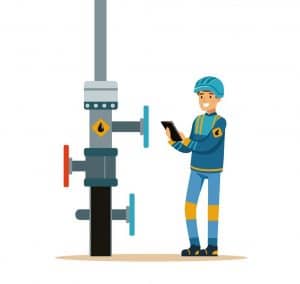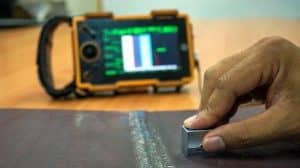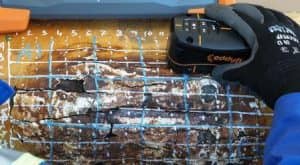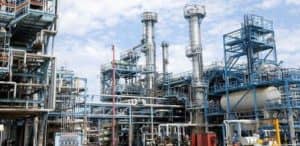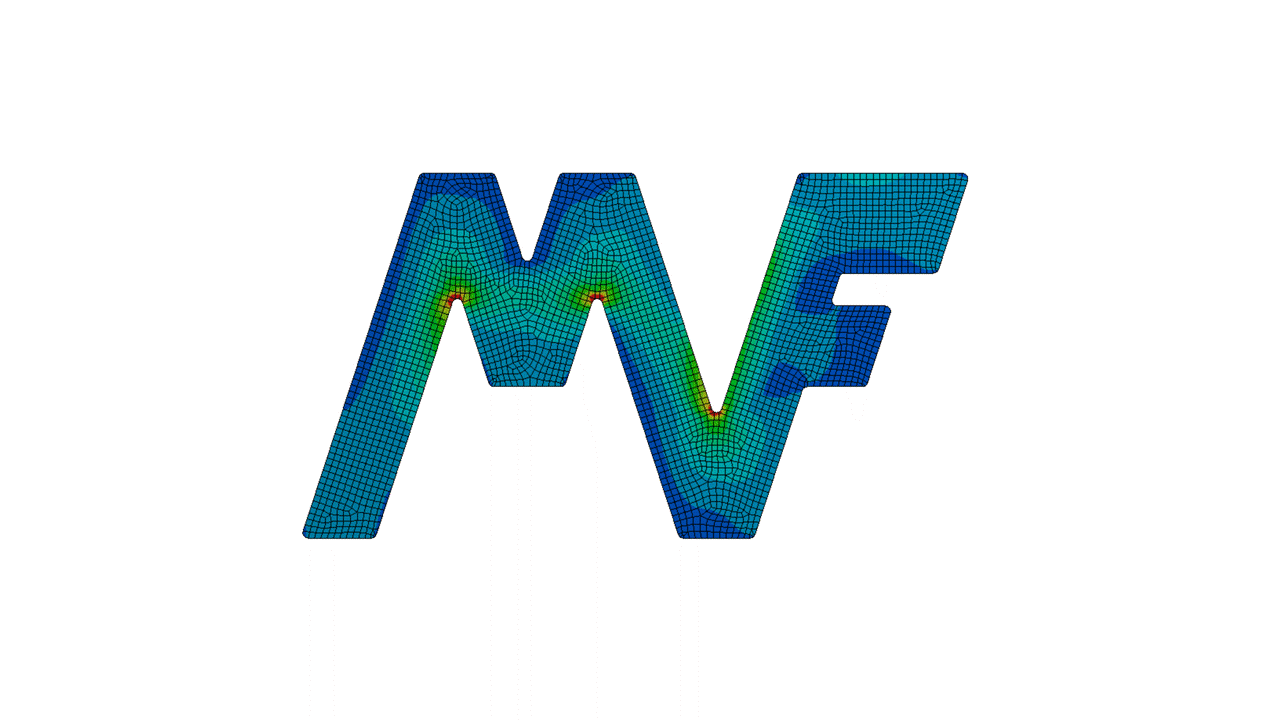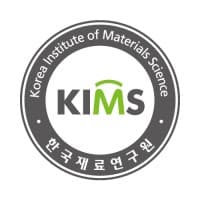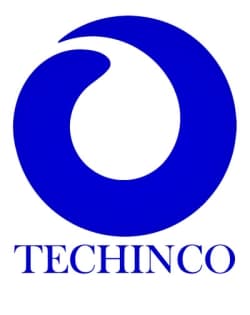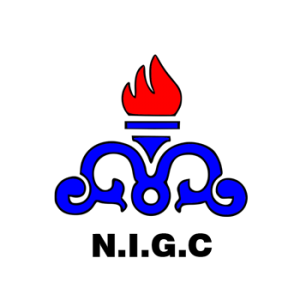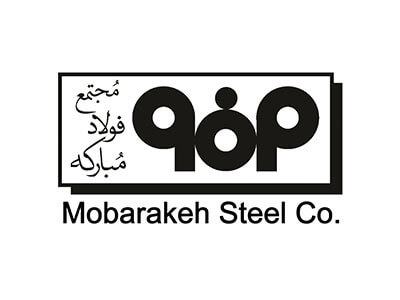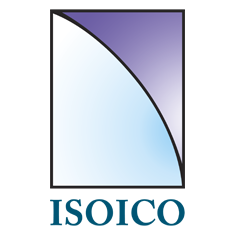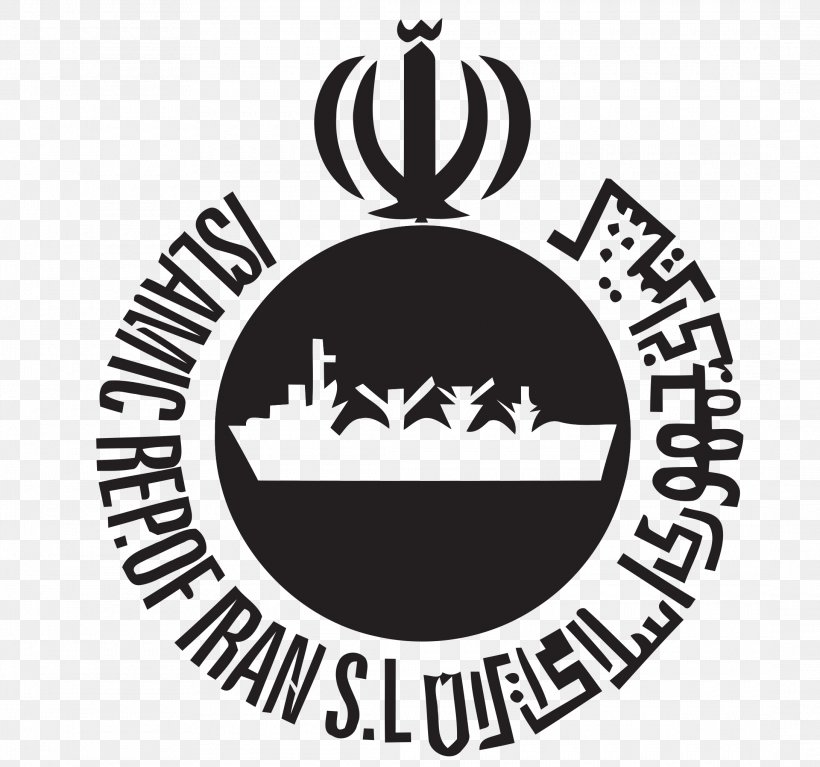Inspection
Inspection is very important in different industries. This is due to the prevention of financial and personal injury before the accident. The use of standards, numerical simulations, and mathematical calculations in many cases minimizes the costs of approving, repairing or replacing equipment. Experts and engineers of BSB Company have the ability to consult on various issues related to inspection companies. Some of the services of this company are as follows:
Welding and corrosion
residual stress resulting from welding and corrosion are two factors that cause widespread damage in various industries. Reducing residual stress and using effective methods to reduce corrosion save a 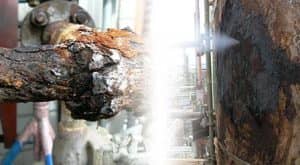 large part of the cost of maintaining companies and factories. Meanwhile, the use of advanced numerical and computational methods can be helpful in predicting the many failures in various industries involved in corrosion. All industries are associated with welding. A car typically uses between 5,000 and 10,000 welds. In the welding process with high-temperature fluctuations, phase shifts, and deposition of materials, predicting the material behavior under the effect of welding can increase the welding quality.
large part of the cost of maintaining companies and factories. Meanwhile, the use of advanced numerical and computational methods can be helpful in predicting the many failures in various industries involved in corrosion. All industries are associated with welding. A car typically uses between 5,000 and 10,000 welds. In the welding process with high-temperature fluctuations, phase shifts, and deposition of materials, predicting the material behavior under the effect of welding can increase the welding quality.
Predicting the effects of welding on residual stress in different materials:
For this purpose, advanced numerical simulations to determine the types of parameters involved in residual stress distribution can be effective in better understanding its effects and the necessary preventions.
Pitting Corrosion in Metal Tanks:
Durable metal tanks are currently used in many industries, such as the oil, gas, and food industries. These tanks are often corroded due to their presence in the open environment, especially Pitting corrosion. By using standards and regulations as well as numerical simulations, it is possible to measure their continued use and the risk of their use in the industry.
Stress Corrosion Cracking (SCC) :
At nuclear power plants, due to welding, the pipes have residual stresses and are susceptible to SCC. SCC is one of the major failure mechanisms in the Boiling Water Reactor (BWR) and Pressurized Water Reactor (PWR). Welding residual tensile stresses accelerate corrosion and crack growth.
About 449 nuclear power plants are operating in the world and 60 new ones are under construction. In Iran, one nuclear power plant is under construction and one is under construction. There are 2 research plants in Iran. The safety of the equipment of these plants is the top priority of their officials.
Crack simulation:
In metal pipelines inspection, the length and depth of cracks are usually measured and reported using existing tools. This will identify the cracks that put the structure in critical condition. Numerical simulations can be used to determine crack growth and prevent untimely fractures. New modeling methods have enabled more accurate crack simulation.
Hydrogen Cracking:
Metal materials play a key role in the manufacture of industrial components and equipment due to specific mechanical properties such as strength, stiffness, toughness, and high-temperature resistance. But for more than 100 years, the effect of hydrogen has been proven to dramatically reduce the fracture toughness of advanced alloys (it has been seen in modern steels that crack growth is expected to be one-tenth the fracture toughness). Hydrogen induced cracking (HIC) is caused by the penetration of hydrogen atoms into the metal crystal lattice, often in the heat-affected zone (HAZ). The entrapment of hydrogen atoms in the material undermines the mechanical properties of the material. It also creates cavities in the metal that reduce its flexibility and tensile strength and can lead to cracking and eventually fracture.{Read more…}
Service Performance Assessment (FFS):
It is a way in which the activity of the structure and its components are estimated. The output of this method is to allow or disallow device activity. Estimating the residual life or the time intervals required for inspection, removal, and treatment of material depletion may be another way out. Proportional evaluation methods for pressure equipment that have defects, defects, and damage have been initiated since the 1960s. The two standards used intermittently are API 579 and BS 7910.
Click here for more information on this type of assessment …
Risk-Based Inspection (RBI):
RBI is a management tool used to identify and prioritize risks related to high-pressure, high-temperature, and critical equipment, and to provide an inspection program based on calculated risks. In summary, the RBI method calculates the probability and outcome of equipment failure and multiplies these two factors (ie, probability and outcome) by calculating the risk, and based on the quantity of the risk, the inspection program is defined for them. Risk-Based Inspection Inspection is a new way of preventive inspections and repairs that, with its very positive impacts, is now being widely implemented and pursued. All RBI requirements have been introduced to the industry as API-581, and related software has been developed by various foreign companies within the framework of RBI system deployment requirements. {More…}
other services :
- stress analysis
- Vibrational analysis
- Finite Element Analysis
- Failure analysis
- Fracture mechanics
- Fatigue and Failure analysis
- Creep analysis
